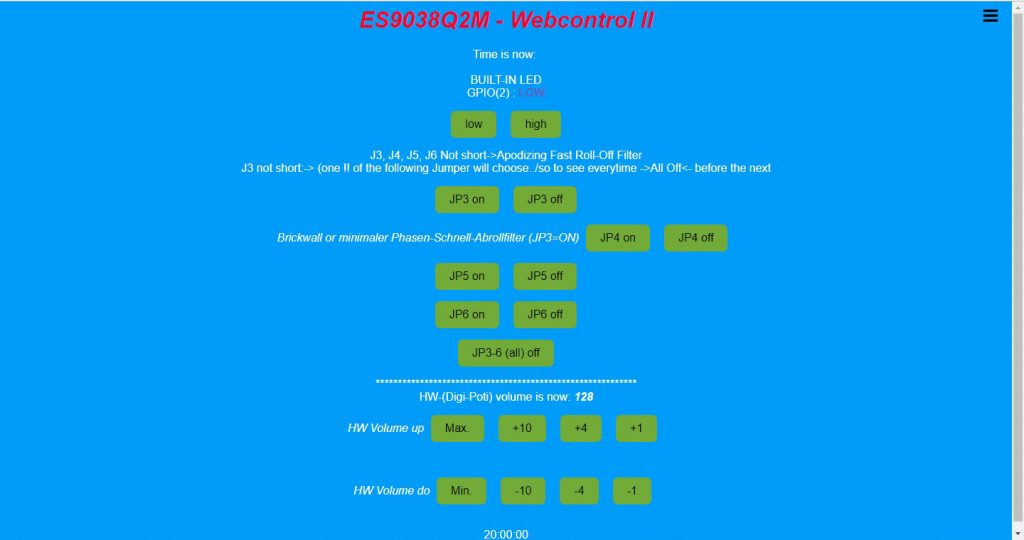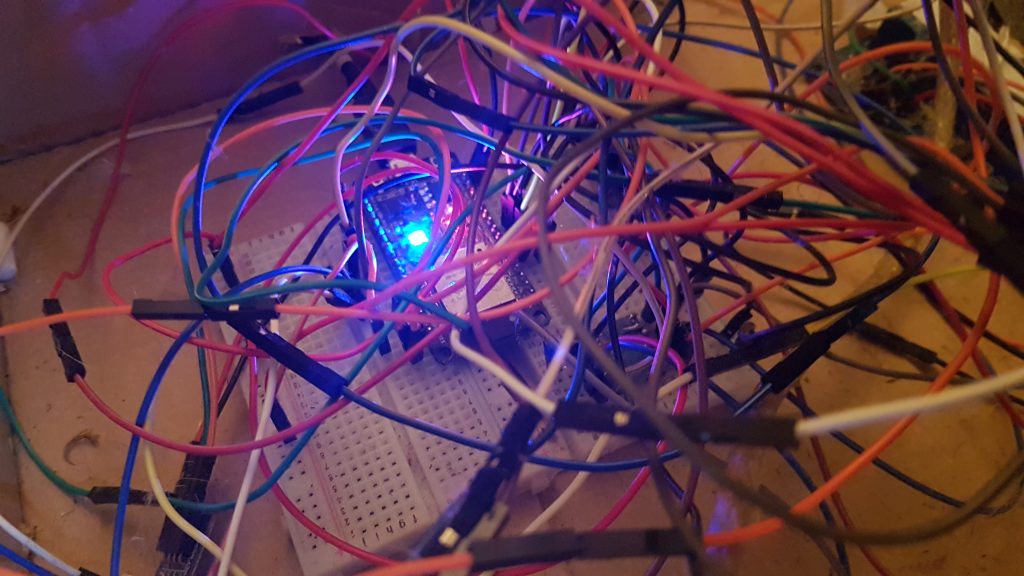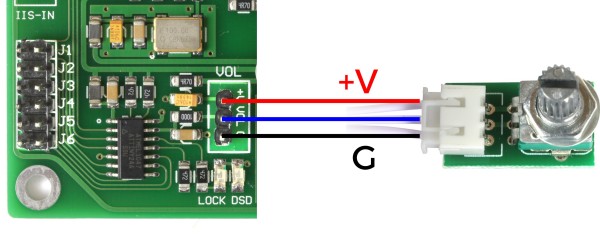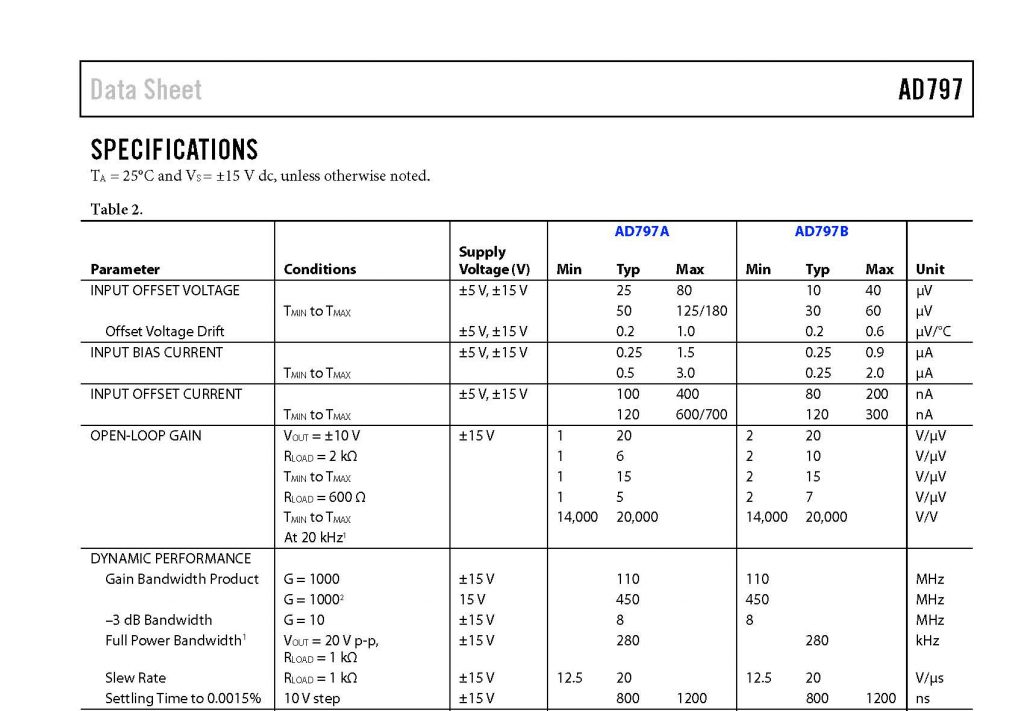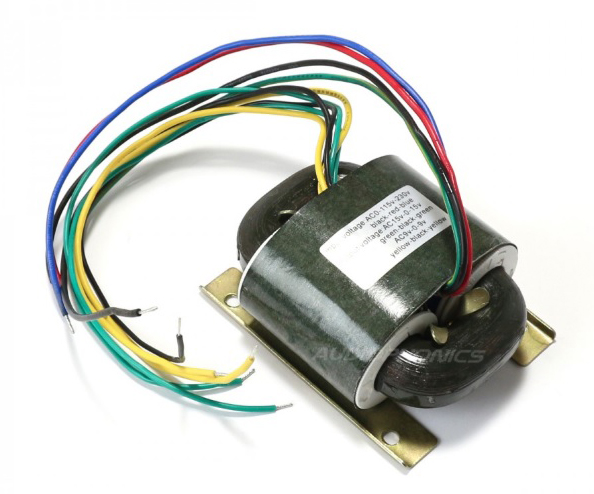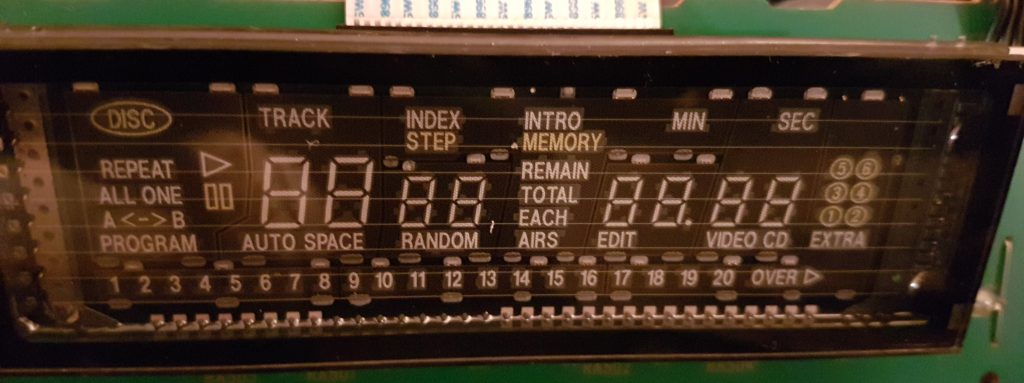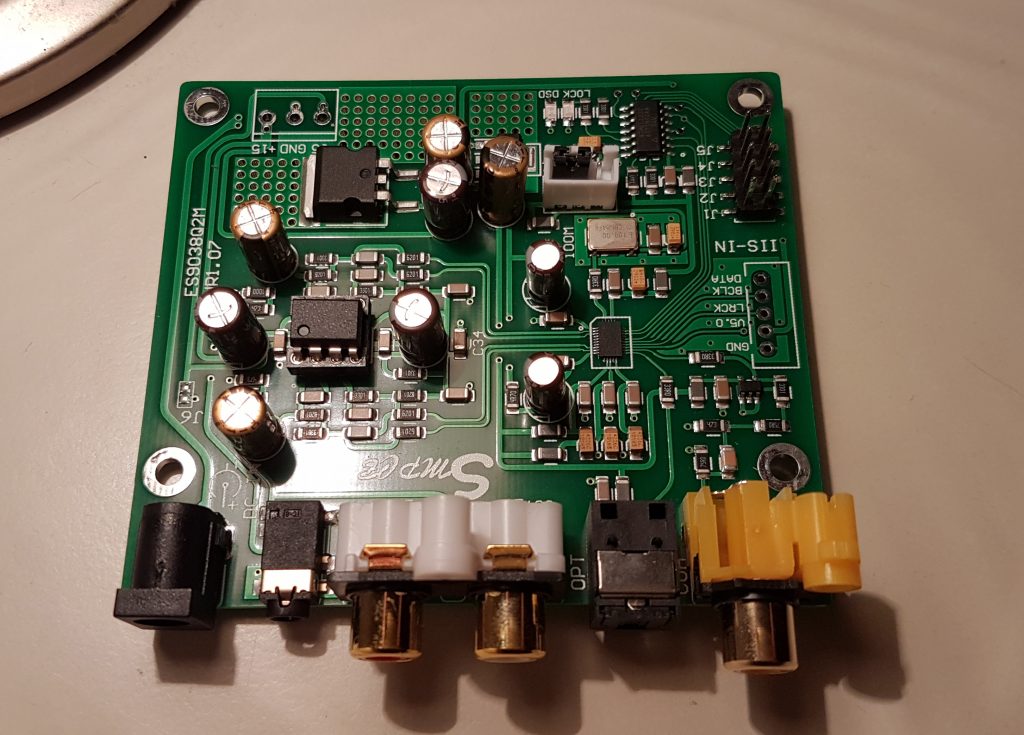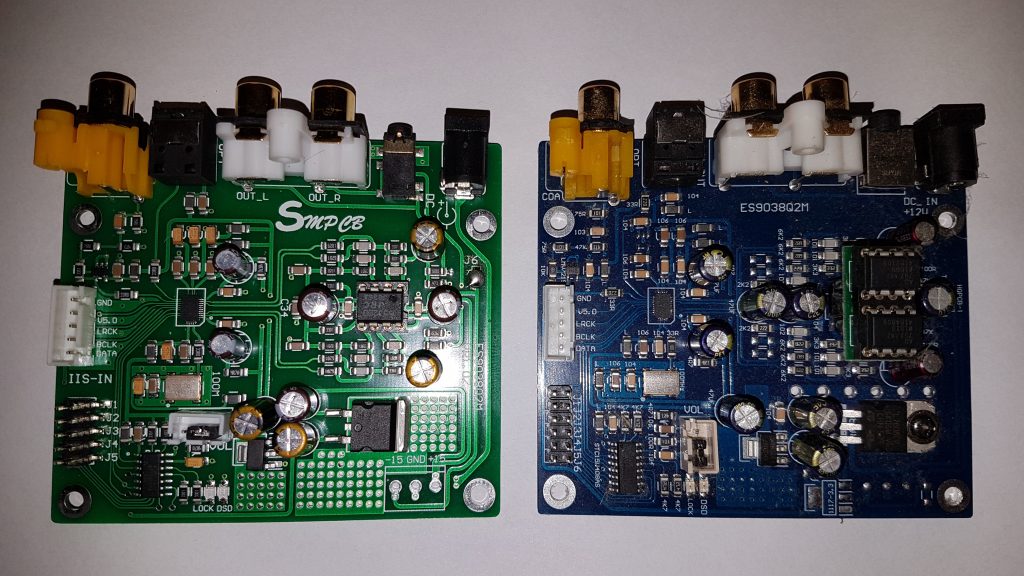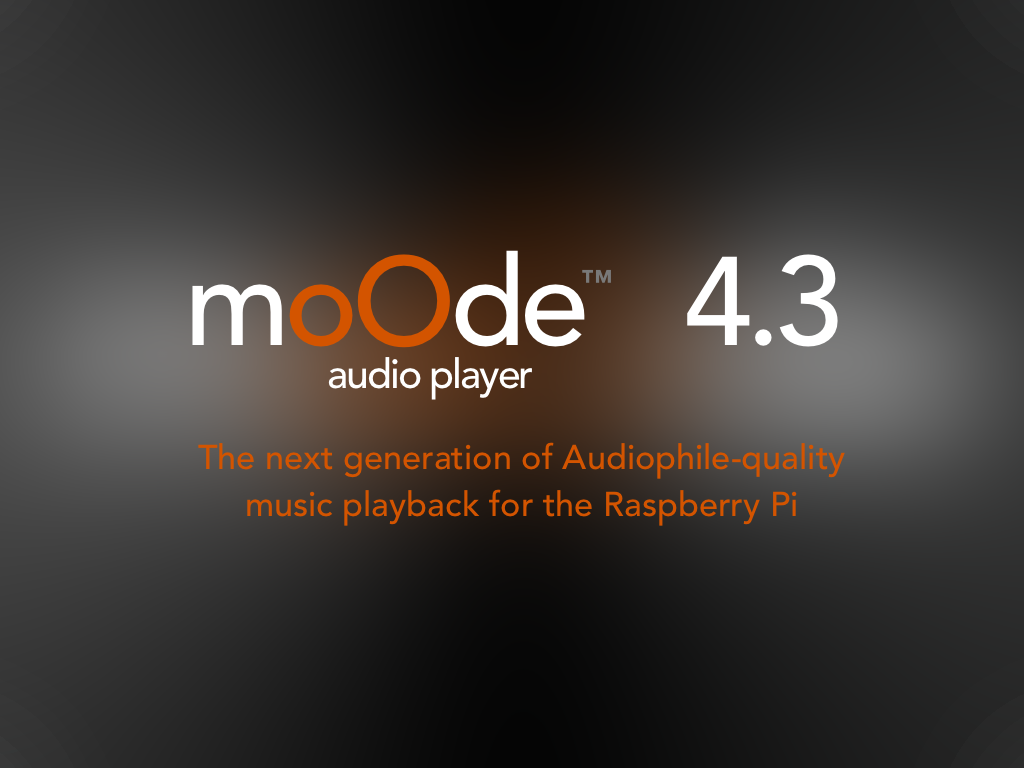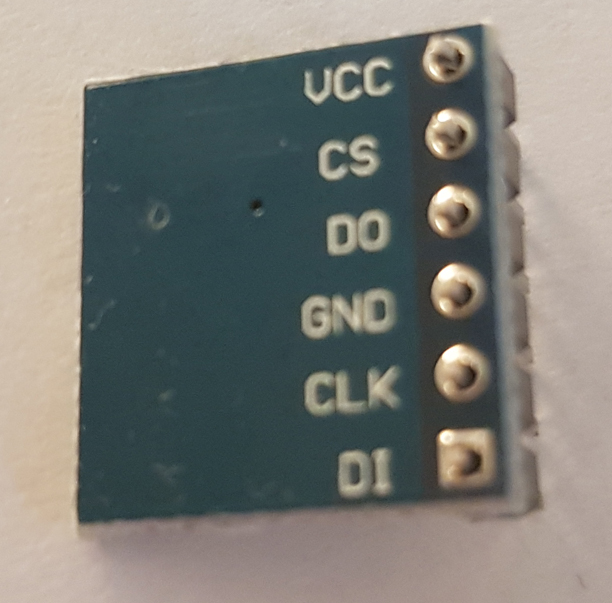ESP32S + 3.5″ TFT-display (480×320) (par.) ILI9481 Bodmer/TFT_eSPI
yeah, 😉
got it finally to work !!
so, another important step in the way of (building) your own DIY-DAC !! hooray !! (and thats what this site is all about, see “Introduction”) 😉
 (YouTube-link->https://youtu.be/zjiCJ8Jtsug)
(YouTube-link->https://youtu.be/zjiCJ8Jtsug)
so II,
after the ESP32S is a much more powerful thing than an Arduino (the main advantage is also the great SPiffs/Flash-Ram of about 4MB(32Mb) for storing little images/icons like DSD64 and so on) and its a little bit difficult to get normal tft-displays on an ESP32S to work (different pin-layout and so on),i´ve bought this second tft (this time 3.5″) and only for ca. 6€->Ebay (Link)


main problem on these “cheap” 3.5″ is that some must be parallel connected (and not via SPI) so u have to find a way to solve this..
i´ve used the famous “Bodmer/TFT_eSPI”-library (works for some displays in parallel mode + on an ESP32)->https://github.com/Bodmer/TFT_eSPI
u only have to change some values in the “User_Setup.h” + “User_Setup_Select.h” to match your needs->other pin-definitions + the right tft-driver-selection (post maybe a link to these 2 files here or in the forum)..
here it works fine with the “ILI9481”-tft-chipset:
so III,
i can now use the ESP32S for the HW-digi-poti, for the filter-settings and so on, all with a very nice gui via wlan..(or bluetooth or via mqtt with an app par example (see all the posts before))..very nice 😉

